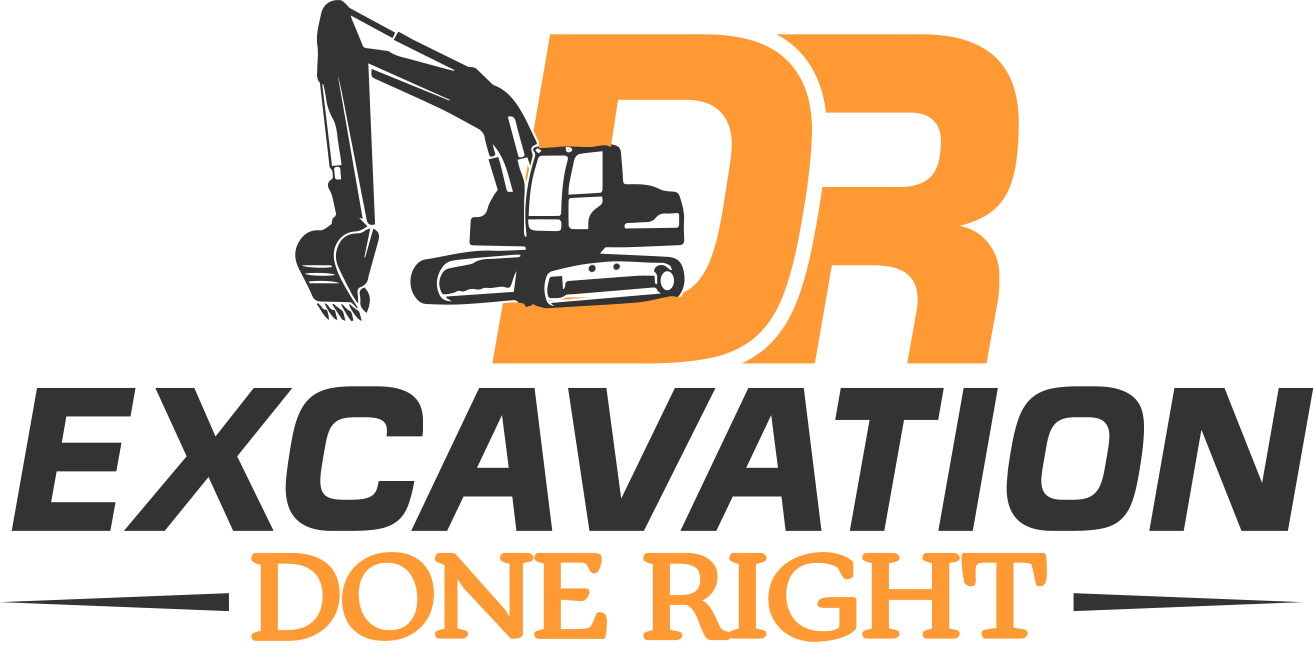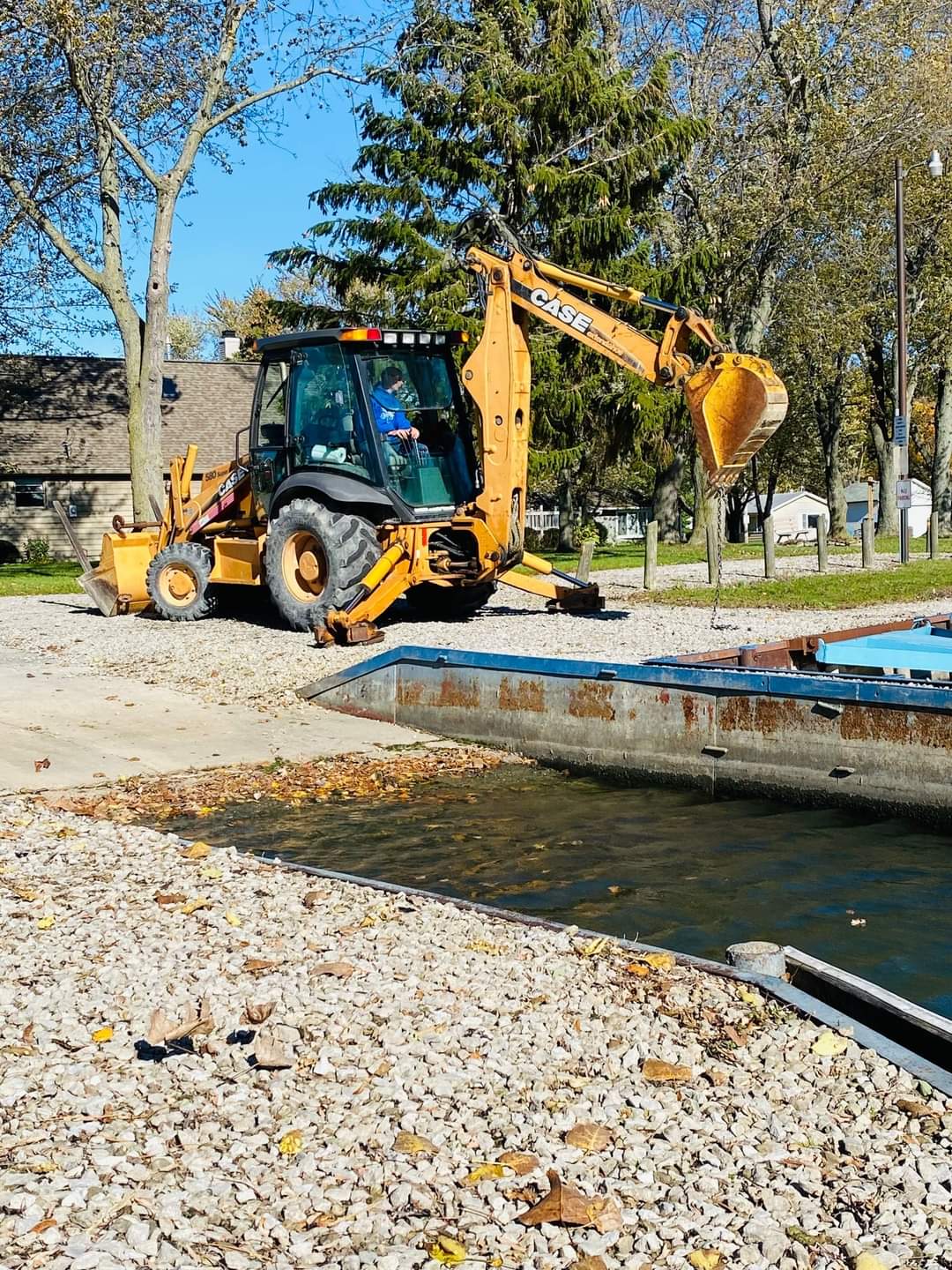We've been providing excellent service as
Dredging Contractors
...for over 20 years!
What is Dredging?
In the realm of dredging, D R Excavation stands as a distinguished contractor, mastering the delicate process of sediment removal to optimize water bodies for unparalleled navigation.
Our arsenal of specialized equipment empowers us to meticulously extract and transport sediments to designated sites, deftly navigating the intricacies of diverse locations and materials.
Our expertise extends beyond efficient navigation to ensure projects are not only successful but also completed promptly. Clients consistently rely on D R Excavation for a comprehensive suite of dredging services, experiencing the pinnacle of precision, technological prowess, and customized solutions that cater to the multifaceted demands of various projects.
With a commitment to excellence, we navigate the complexities of dredging with finesse, offering a seamless and tailored approach to meet the unique specifications of each project.
Benefits of Dredging
Dredging has many benefits for both the environment and our economy. First, dredging projects help to maintain the health of our waterways by removing accumulated sediments and pollutants.
This ensures that water flows freely and can support a thriving ecosystem of plants and animals. Additionally, dredging helps to facilitate commerce by ensuring that shipping channels remain open.
This is important for both local businesses companies as well as larger corporations, as it enables them to transport goods quickly and easily from one location to another.
Overall, dredging plays an important role in maintaining sustainable economic resources by promoting a healthy environment and improving transportation systems.
Dredging Services
D R Excavation offers expert dredging services, employing advanced techniques to enhance water bodies, promote environmental health, and ensure project success.
Types of Dredging
Dredging types include mechanical, hydraulic, and environmental. Mechanical uses machinery, hydraulic involves water flow, and environmental focuses on minimizing ecological impact.
What We Offer
D R Excavation provides adept dredging services, utilizing advanced techniques to improve water bodies, foster environmental well-being, and guarantee project success.
Things to Consider About Dredging
In the intricate process of dredging, it's imperative to consider the potential environmental impact, employing methods aligned with the scale and material characteristics, and responsibly managing material disposal.
Securing the required permits, fostering transparent community engagement, meticulously assessing project costs, conducting sediment testing for composition and contaminants, adhering to realistic timelines, selecting experienced contractors, and instituting comprehensive post-dredging monitoring collectively form a strategic approach.
This ensures not only the success of the project but also the preservation of ecological balance in water ecosystems.
FAQ's About Dredging
Contact Us Today For A Free Quote
Our company has years of experience in excavating all sorts of land, from small residential properties to large commercial ones. We have the equipment and manpower to get the job done quickly and efficiently. Contact us today to get started on your project!


